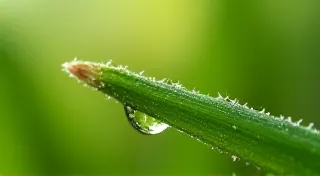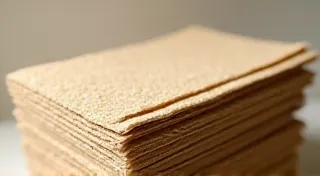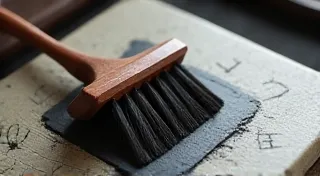Basic Ink Wash Techniques for Sumie: From Light to Dark
Understanding ink wash techniques is fundamental to mastering Sumie painting, the beautiful and nuanced Japanese art of ink painting. The ability to control the density of your ink allows you to create subtle gradations, achieve realistic shading, and ultimately bring depth and life to your paintings. This guide will walk you through the core techniques for creating a range of ink washes, from the lightest to the darkest.
Understanding the Materials
Before we dive into the techniques, let's quickly review the key materials:
- Ink Stone (Suzuri): The traditional tool for grinding ink.
- Water Container (Kisui): Used to hold clean water for mixing with the ink.
- Ink Stick (Sumi): The solid ink that is ground with water to create liquid ink.
- Brush (Fude): The heart of Sumie, a brush with varying qualities affecting the ink uptake and release.
Technique 1: Light Washes – The Foundation
Light washes are the building blocks of many Sumie paintings. They represent highlights, distant objects, or create an ethereal quality. Achieving a light wash requires a delicate balance of water and ink. The ratio is *much* more water than ink.
Steps:
- Dip your brush into the water container, ensuring it's fully saturated.
- Gently press the brush onto the ink stick, taking a very small amount of ink. Less is more at this stage.
- Grind the ink into the water on your ink stone in a circular motion. The goal is a very diluted, watery ink – almost translucent.
- Test the ink on a practice sheet. You should see a very faint grey tone.
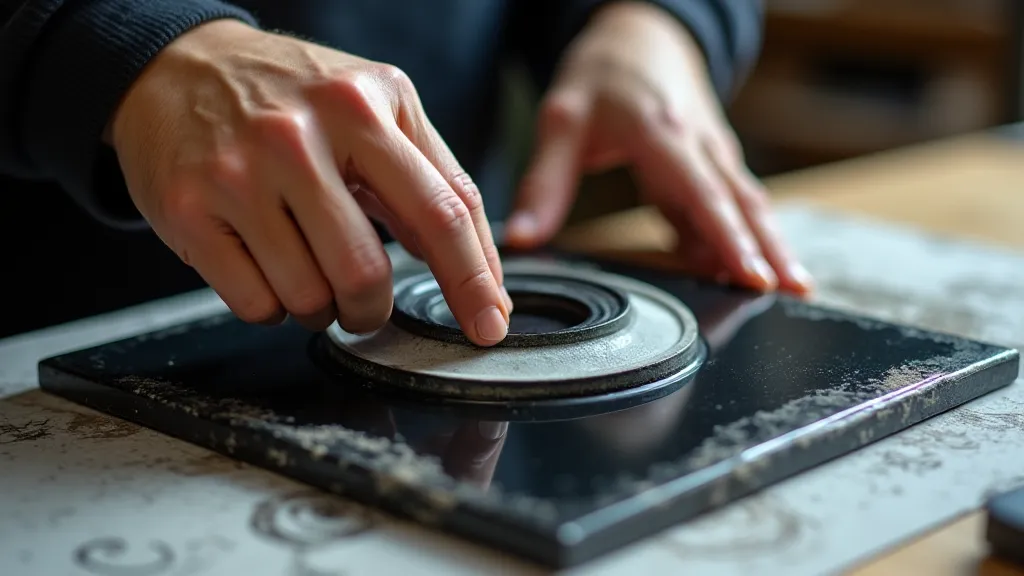
Technique 2: Medium Washes – Adding Depth
Medium washes are used for mid-tones and to suggest form. They’re created with a slightly higher concentration of ink compared to light washes.
Steps:
- Follow the steps for a light wash, but take slightly more ink from the stick when grinding.
- The resulting ink should be a noticeably darker grey, but still relatively translucent.
- Practice applying this wash on your practice sheet. You should see a clear but subtle tone.
Technique 3: Dark Washes – Defining Shadows
Dark washes are essential for defining shadows and creating a sense of three-dimensionality. They use a higher ratio of ink to water.
Steps:
- Take a significantly larger amount of ink from the stick when grinding.
- The resulting ink should appear much darker, almost black, but still maintain some degree of flow.
- Practice applying this wash on your practice sheet. The tone should be considerably darker than the medium wash.
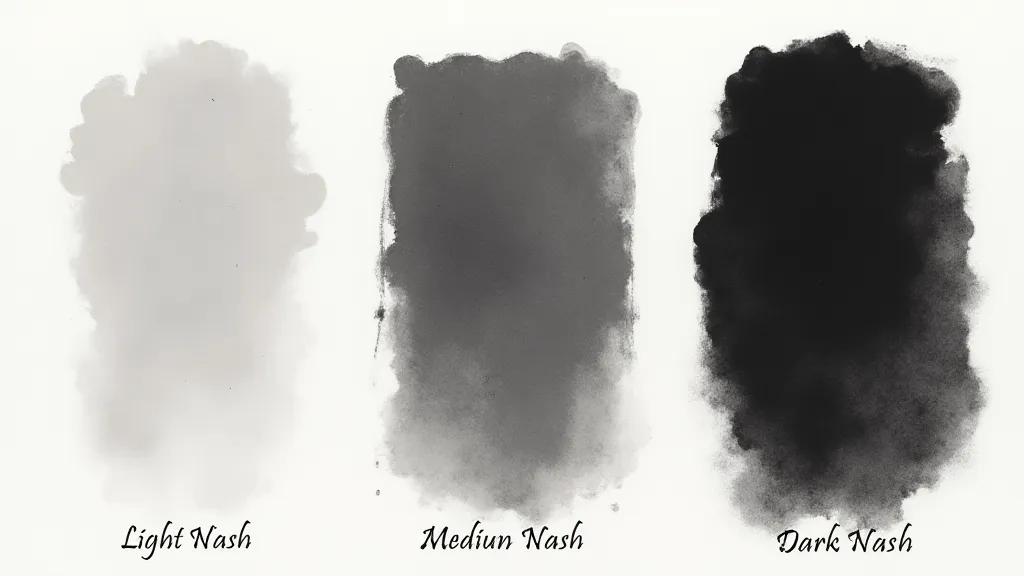
Important Tips for Control
- Paper Absorption: Be mindful of your paper. Highly absorbent paper will dry the ink quickly, creating a lighter tone.
- Brush Pressure: The amount of ink released by your brush is also affected by the pressure you apply. Practice controlling your brush pressure to achieve consistent tones.
- Layering: You can build up darker tones gradually by layering lighter washes. This allows for greater control and avoids harsh lines.
- Practice, Practice, Practice: The best way to master ink wash techniques is through consistent practice. Experiment with different ink-to-water ratios and observe the results.
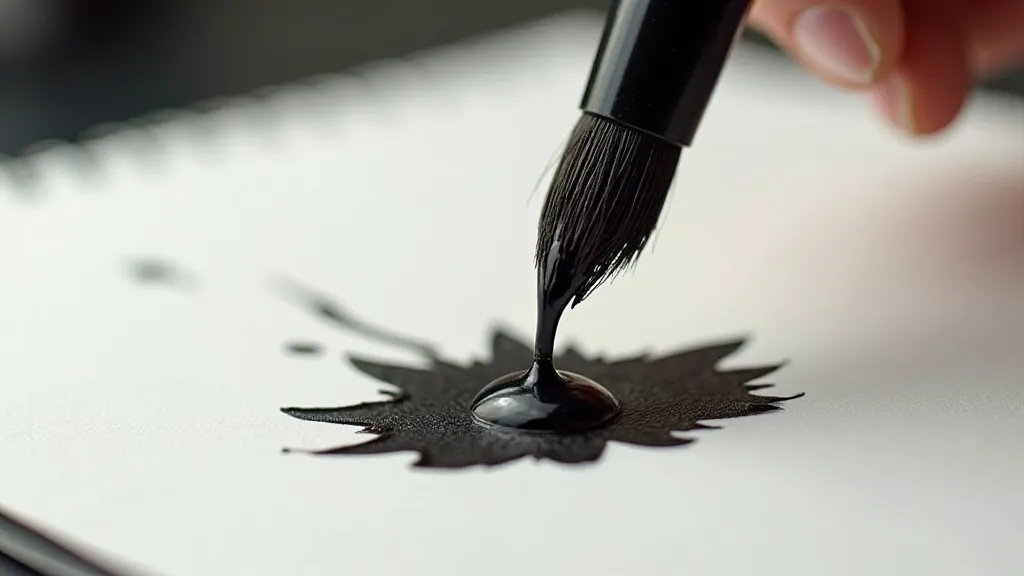
Conclusion
Mastering ink wash techniques is an ongoing journey in Sumie painting. By understanding the principles of ink density and practicing the techniques described above, you're well on your way to creating beautiful and expressive Sumie paintings. Embrace the process, experiment, and most importantly, enjoy the artistry!
